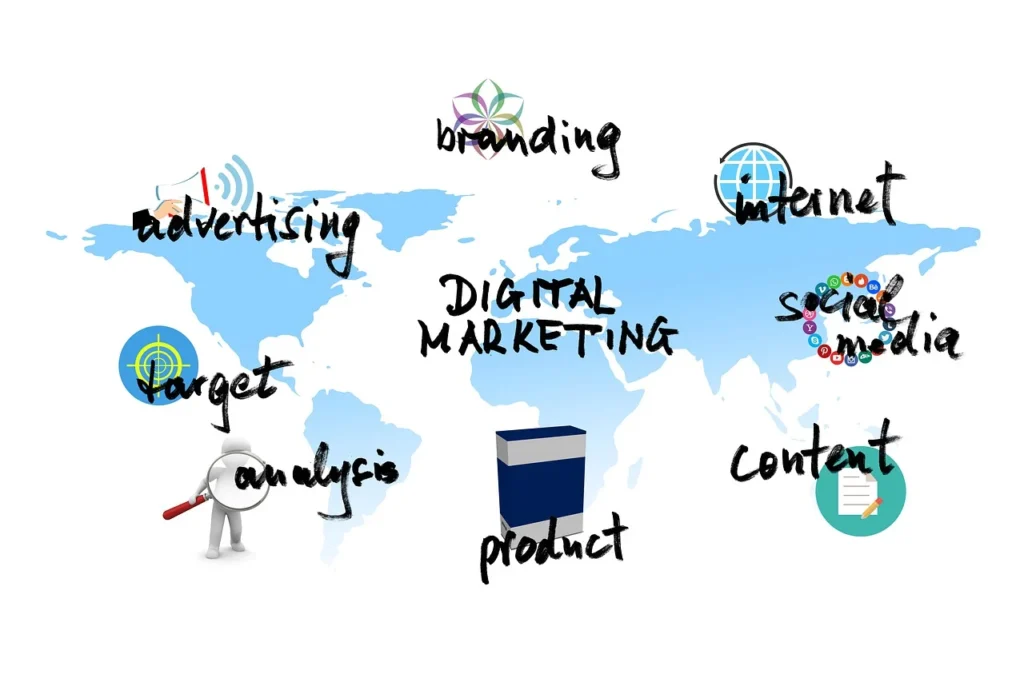AI-Powered Advertising Techniques

The advent of Artificial Intelligence (AI) in marketing has brought revolutionary changes to the marketing landscape, with businesses leveraging its capabilities to improve ad targeting, optimize campaigns, and deliver personalized experiences. This article delves into the transformative role of AI-Powered Advertising Techniques , the tools powering this shift, and how businesses can address challenges like […]
The Role of AI-Driven Advertising Platforms

AI digital advertising has evolved dramatically, driven by technological advancements and the growing integration of artificial intelligence (AI) digital advertising strategies. AI has reshaped paid advertising by enabling targeted, personalized, and highly effective campaigns that resonate with audiences. This article delves into the transformative role of AI-driven advertising platfofms, exploring key technologies such as DMPs, […]
Why Lead Generation is Important for Your Business in 2025

In today’s competitive digital landscape, lead generation has become the cornerstone of successful marketing strategies. Whether you’re a budding entrepreneur or an established business owner, understanding the art of lead generation can unlock new opportunities, grow your customer base, and drive revenue. In this comprehensive guide, we will explore why lead generation is important to […]

